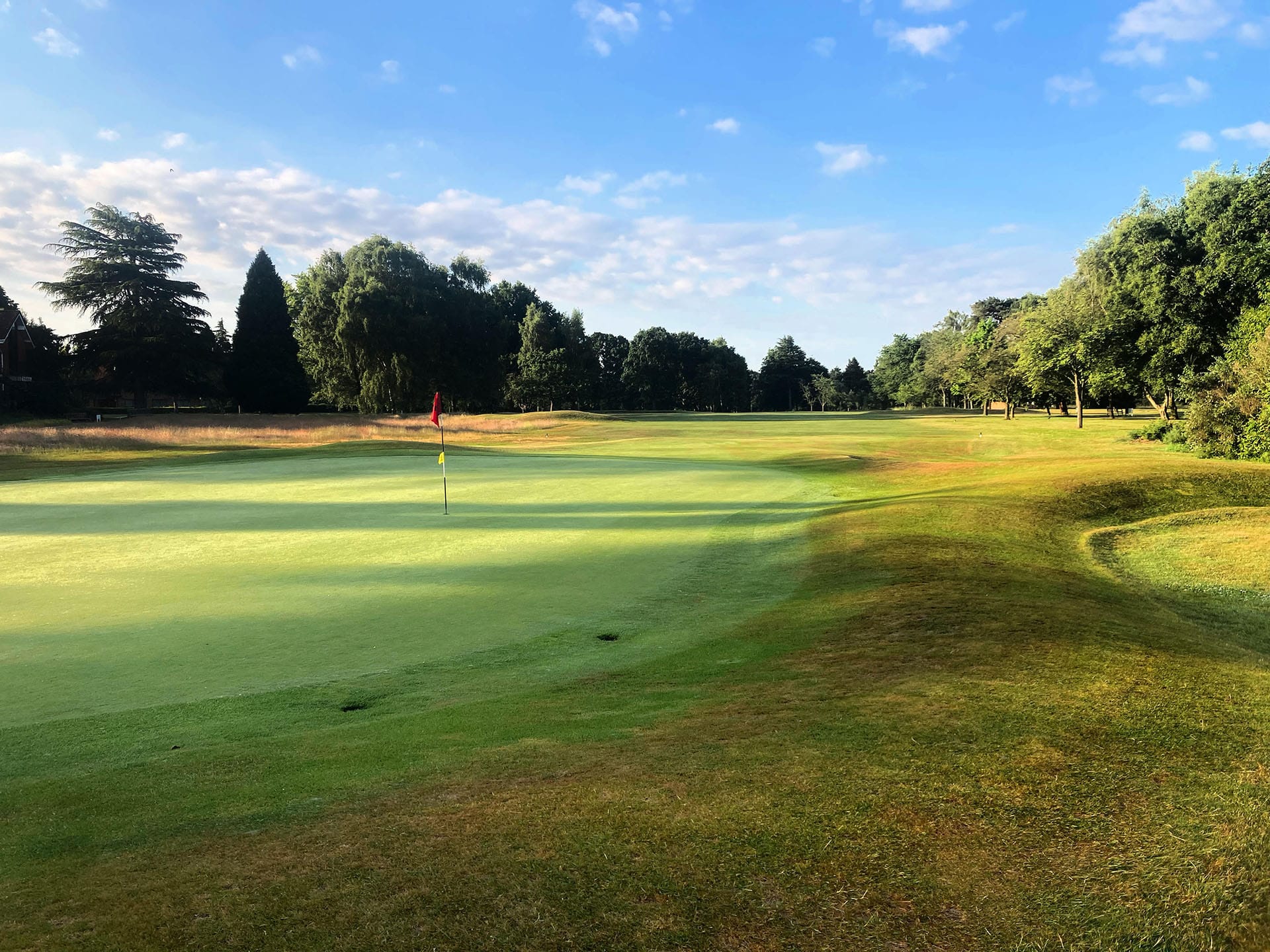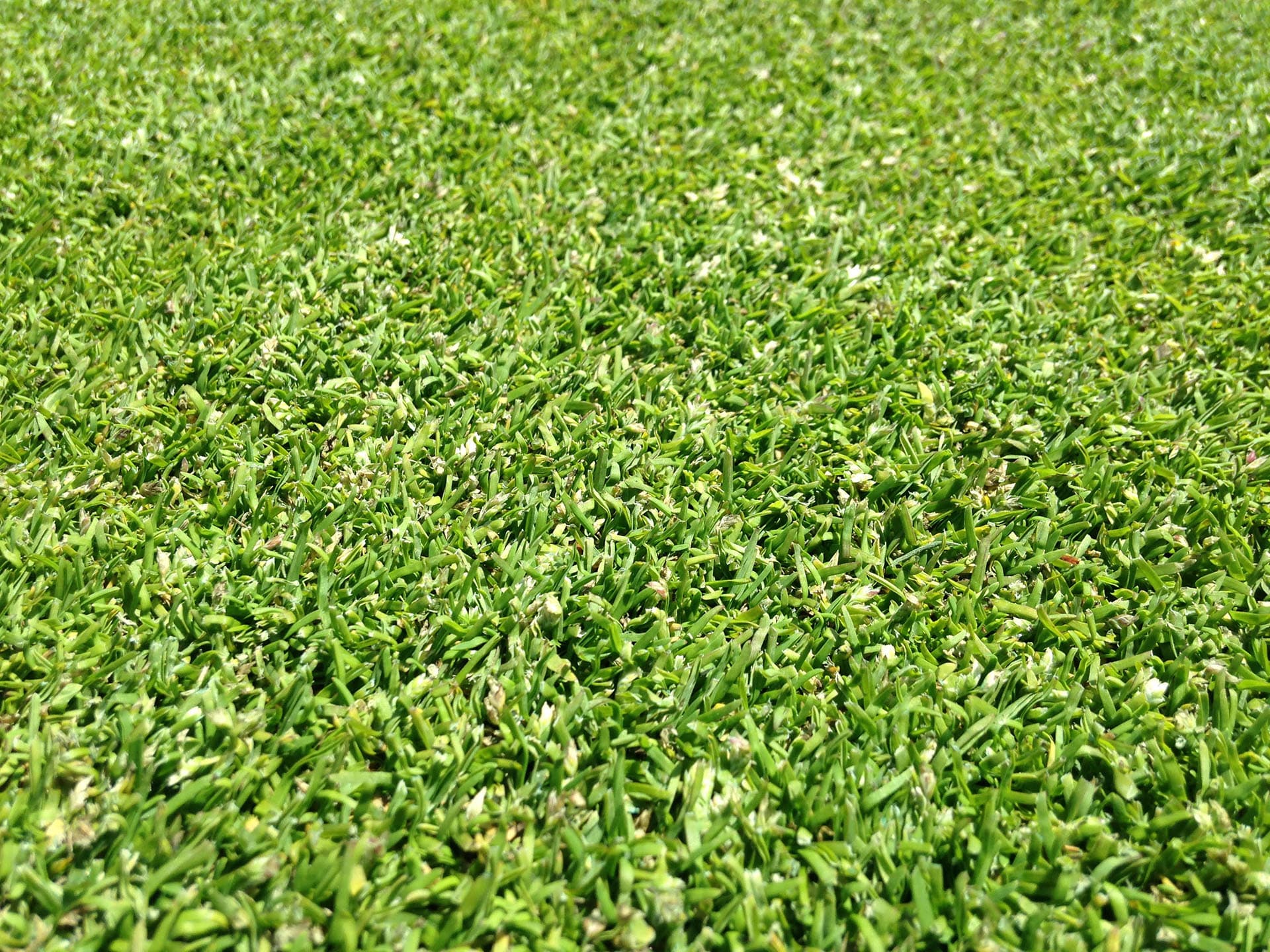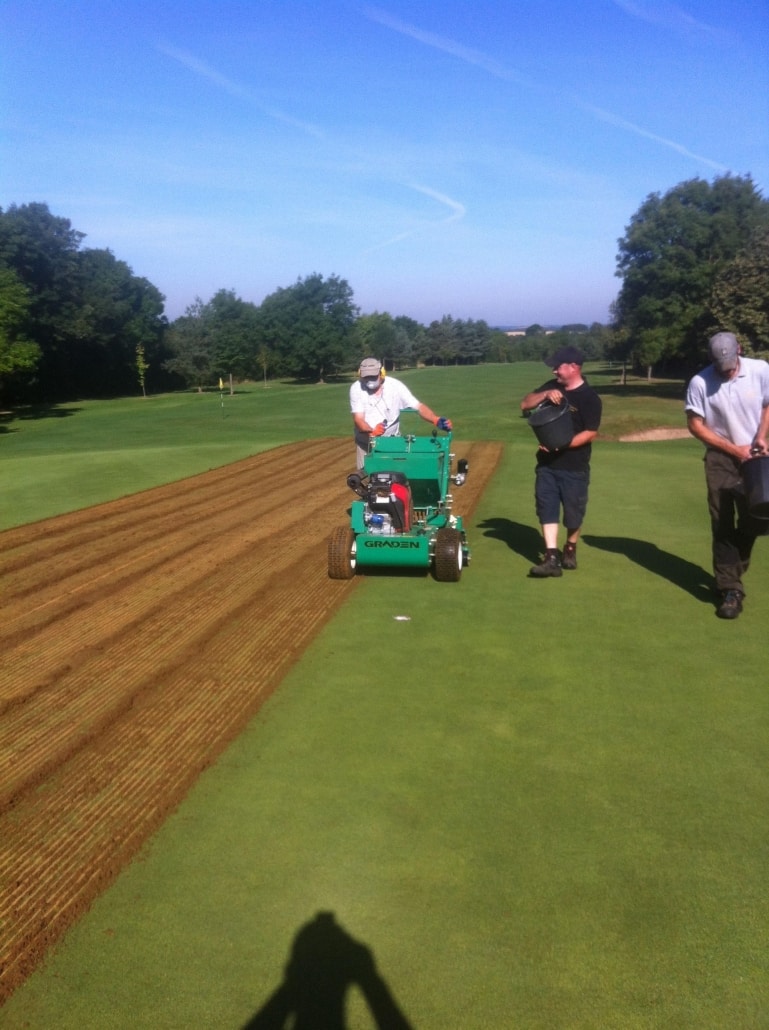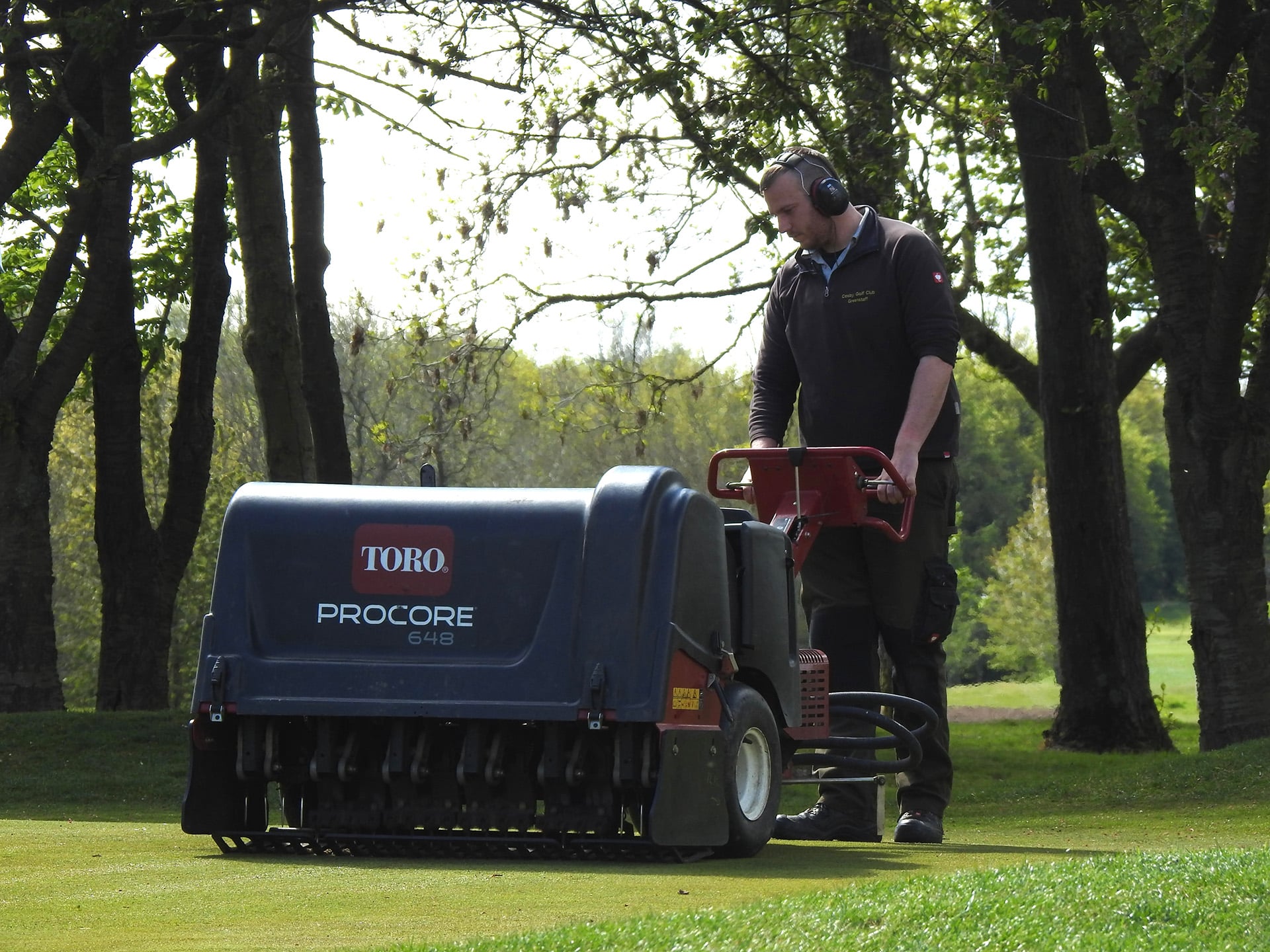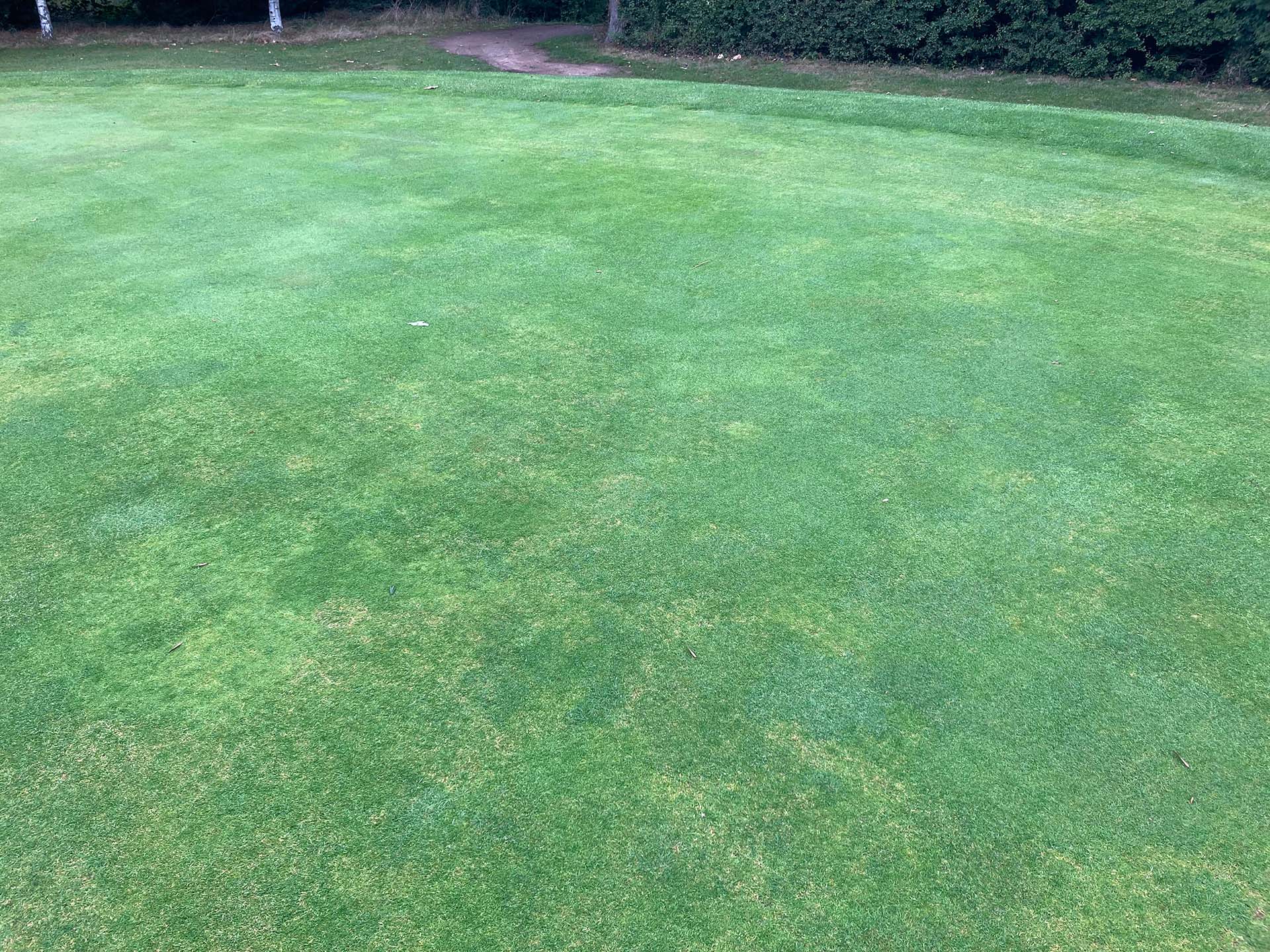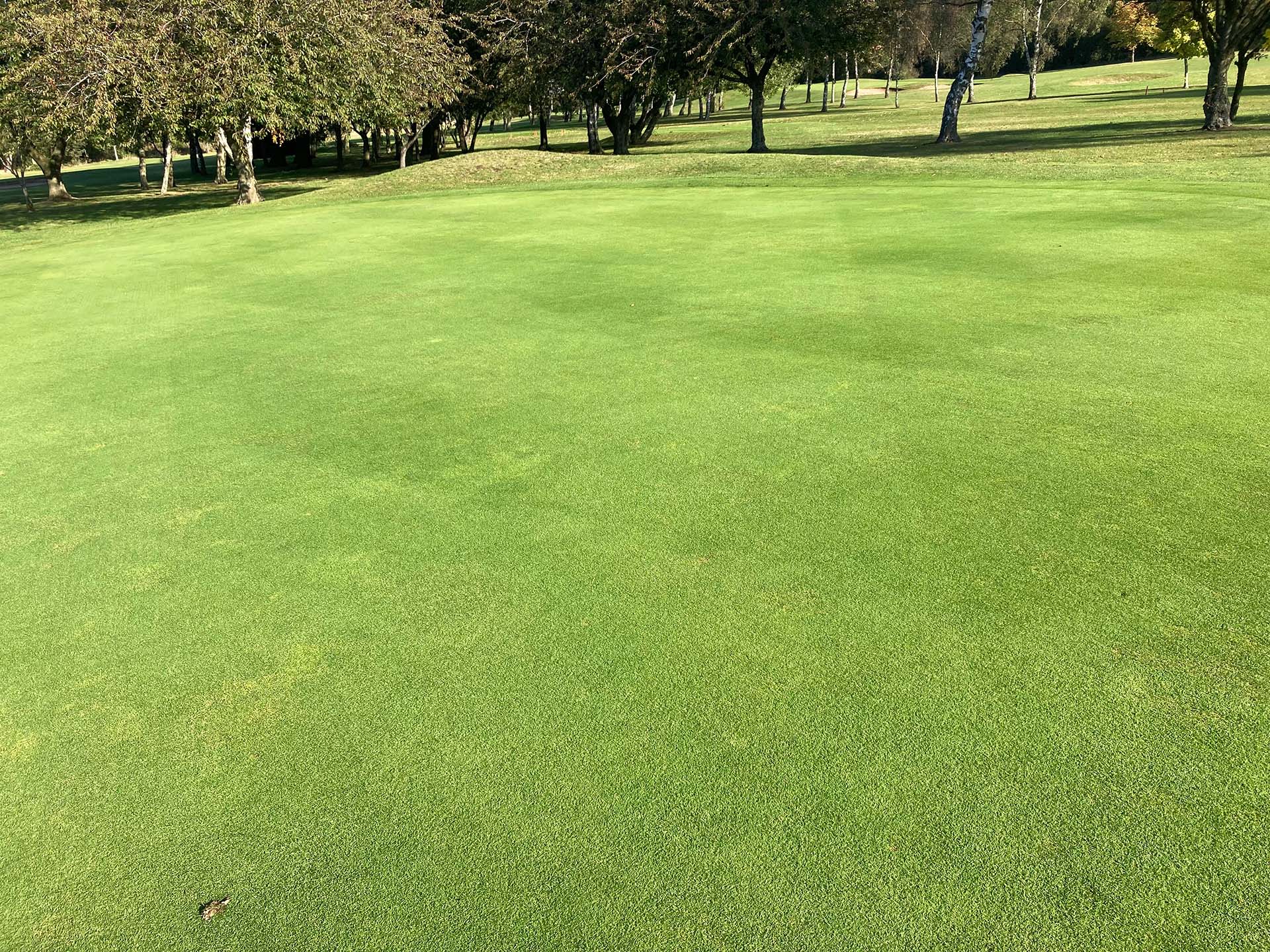Sustainable Greenkeeping
Reducing Inputs and Chemical Usage
The world is changing around us and we are expected to become more sustainable and greener. But what does that mean for golf courses? Are they not all ready green?
Legislation is changing very quickly. Chemicals, including fungicides, insecticides and pesticides are being rapidly removed from the market, and it is likely that further products including synthetic nitrogen could be next; water resource will be a huge challenge for the golf industry in years to come. This has made it more challenge than ever before to provide year-round quality golf.
As an industry and planet we must reduce our chemical inputs. The easiest way to achieve this is to lower the expectations of the golf course, accepting some disease on the greens and clovers etc. on the fairways. However, this may not be the direction your club wishes to take. If not, then it is important that the cultural practices are on point to reduce the risk of disease or weeds becoming a problem.
Firstly, let’s look at the greens. Traditionally golf greens in the UK consisted of fine grasses such as fescue and bent. These grasses thrive in a drier, less nutrient rich environment and produce a faster surface at higher heights of cut, in reality less inputs to achieve a quality, sustainable, playing surface. For the majority of inland parkland golf courses Agrostis spp would be an excellent choice – fescue can be difficult to establish inland.
Many golf greens in the UK are dominant in Poa annua (Annual Meadow Grass). This species of grass can produce a quality playing surface and can be cut as very low (2mm) but does require high inputs to maintain. In general, Poa greens require high inputs of nutrients and water due to its shallow nature of rooting. As an annual plant it goes through its life cycle in one year eventually dying and becoming part of the thatch layer. This eventually causes the surfaces to become soft, affecting performance. The tendency then is to cut the greens slightly shorter, which returns performance for a short period. As the greens are cut shorter, the higher the inputs are required; then the quicker the thatch grows, and it spirals out of control. Of course, the thatch can be controlled through good cultural practices, aeration and mechanical removal such as hollow coring and back filling with sand, very disruptive for the member. Although this is a reasonable, and well tested, management strategy the removal of fungicides and reduction in their efficiency has made winter disease management extremely difficult, Poa is very suspectible to microdochium nivale, commonly known in the UK as fusarium. (It isn’t actually fusarium: it is microdochium patch). It produces seed heads between March and July which dramatically affect ball roll.
‘Poa Annua’ seeding
How can you make the change from Poa to a sustainable surface of Agrostis spp? You need to change the nature of your greens; you must provide a habitat that disadvantages the Poa but to the advantage of the Agrostis spp. The ultimate key to this is moisture management. The first part is to understand your current position.
- What percentage of your greens are Poa?
- What is your organic matter level? (Thatch content)
- How Much Nitrogen is being applied annually?
- What is your moisture management strategy?
- What is your actually cutting height?
Why is the level of organic matter important? To achieve consistent surfaces the organic matter needs to be in the correct range, ideally 4-5% in the top 20mm and less than 4% in the ranges 20-40mm, 40mm – 60mm & 60-80mm. Excessive levels will cause detrimental challenges to the health of the plant and the performance of the surfaces. Some organic matter is required to protect the crown of the plant from impacts and to produce a receptive surface.
Firstly, let’s look at plant health in general. It will hold too much moisture (more on this later). The roots will not need to pass through this thatch layer as it has everything the plant needs, leading to shallow rooting. During dry weather the roots are not deep enough to find water. This will result in regular irrigation being needed to keep the plant happy. The more frequently it is applied the less the roots penetrate…catch 22. Because the organic matter holds excessive moisture during the winter it will increase the risk of disease.
As a playing surface it will be dramatically affected through excessive moisture, causing the green to lose pace, cause mowers to cut lower/inconsistency due to units ‘sinking’. During wet weather they can become sodden with no ball bounce, just plugging, yet in dry weather become too hard and almost impossible to stop the ball. Basically, performance peaks and troughs.
Once you have had the green (s) tested for organic matter, and if they are excessive, build a plan to reduce into the target ranges, this could be achieved through mechanical means, hollow-coring or scarification and raising topdressings to a minimum of 100 tons per year. As the levels lower towards target, aeration and sanding may be enough to reach targets.
Sand injection graden – removes 10% surface area
As standard regular cultural practices need to take place: regular aeration, whether that be shallow spiking weekly, or bi-monthly, with a solid tine monthly followed by slitting / deeper aeration in the autumn, winter and spring. Aeration is key to keeping the soil a healthy environment to live. It creates pore space for the roots to penetrate, improves cation exchange and improved movement of water through the profile. Aeration works through a process called diffusion – the moment of particles from a high concentration to a low concentration, there is no requirement to leave holes open.
Regular aeration
To start to make the change of grass species we need to start to put the Poa under stress, this is a balance, certainly early on if the greens are Poa dominant. We need to manage the habitat of the green to be in favour of the Agrostis spp by higher heights of cut, lower nitrogen inputs and improved moisture management. The greens may need to go backwards to come forwards.
Getting your cutting height accurate is essential. All mowers will cut lower than the bench setting. As a rule set the mower 1mm higher than your desired actual height of cut i.e to cut 3.5mm set at 4.5mm. Use a prism gauge to assess the height. Excessive organic matter can make the units cut even lower than assumed – the rollers can sink into the turf. Agrostis spp will establish and survive at cutting heights of higher than 3mm – the higher the cut, the better they will do.
Nitrogen inputs are key to achieving a change in nature. Often Poa greens will have nitrogen applied at 100 – 150kg per year, often applied bi-monthly or even weekly. The more is applied the more it wants. Ultimately there is no given correct figure, all greens and environments are different. USGA spec greens may have different requirements to native push up greens. Ideally if the nitrogen input can be lowered to less than 100kg per year you are on the right track. Like all diets you can’t go cold turkey, the greens need to weaned off. In the early days you will have too much Poa to drop from high nitrogen to say 85kg and you run the risk of suffering from anthracnose, sward and performance loss. This could also be the perfect time to overseed.
Moisture management – this is really the key. Maintaining low moisture, 20 – 25%, would be ideal; it gives excellent performance values as well as maintaining plant needs. Over-watering, or too much moisture, will start to see roots shallow off, while under-watering will lead to plant stress and performance loss. As a note, greens should be firm. They can become too firm: do not use irrigation to soften surfaces; aerate the greens.This will help remove surface tension. Moisture management is really the easiest way to make the change from Poa to Agrostis spp. The drier you keep the surfaces in the winter the better the result will be.
Ideally the Poa will be disadvantaged around the time of overseeding to allow the Agrostis spp to establish, If inputs remain high then the Poa will suffocate the seedlings.
Poa disadvantage in late summer before overseeding. The Agrostis spp clearly looking healthy.
Once you achieve an Agrostis dominant sward the key is to stick to your principles, maintain a sustainable cutting height, regular cultural practices, lower nitrogen and carful moisture management. This will stop the Poa getting back in.
Agrostis greens are naturally quicker, with speed being achieved through light topdressings, brushing and increasing the frequency of cutting and rolling, i.e double cutting and rolling 2-3 days before a tournament. When intensity is increased it is important to aerate soon after to relive stress.
Agrostis dominant sward
The benefits of this approach is that you will have improved the sustainability of your golf course through
Reduced Nutrition inputs – Less nitrogen is being applied – where possible use organic fertilisers, it is very likely that synthetic nitrogen will come under restriction.
Reduced Water inputs – Less water input required due to the Agrostis being more tolerant in the drier conditions. Which when assessing the drier summers that are being experienced this is surly a must. Having a sustainable source of water is equally important – the future of mains water usage on golf course looks bleak!
Reducing your chemicals – Modern fungicides are only 80% effective, to put this into prospective many are 250 active ingredients per application, where Iprodione was 5000 AI per application. Iprodione has now been removed from the market. We must now make our plant healthier and less susceptible. Through this process you will be eliminating the more susceptible host Poa, but you will still need to at times use a fungicide, particularly through high-risk periods. But because we have improved our environment the fungicides that we use will be more effective and efficient. This is known as the disease triangle. I certainly believe that once the greens is Agrostis dominant (80-90%) then if/when fungicides are completely gone it won’t be such a concerning prospect.
Of course, a golf course isn’t just the greens, the expectation of tees, fairways and approaches all matter, and they need to be weed free.
Many weeds are indicator plants, such as Greater Plantains, they are a sign of compaction. You will often see them on walkways or the walk offs on greens. Identify what weeds you have and see what disorder they may be representing. Once you have identified the issue start to rectify the issue, compaction through aeration and so on.
Most weeds will take hole where there are gaps in the sward, this could be a number of reasons, but the key will be to get the cultural practices in place, aeration, nutrition, moisture management and removal of later growth. With a good overseeding program the sward will be dense and tight reducing the opportunity for weeds to establish. If some do begin to establish be proactive and remove them manually rather than chemically.
At some point in the future we may have to lower our expectations but the best way to prepare for that is by managing our course sustainably.
Thomas Flavelle
Course Manager
Copt Heath Golf Club
For further information, please contact Tom at coursemanager@coptheathgolf.co.uk

